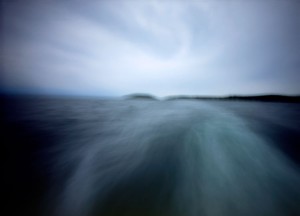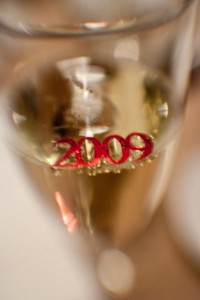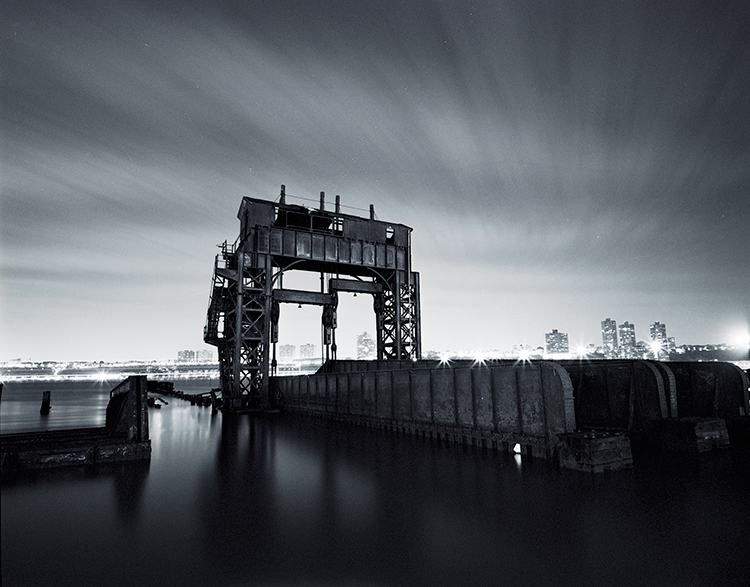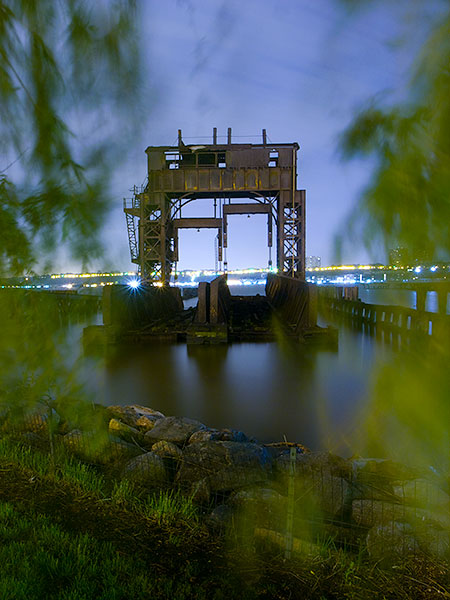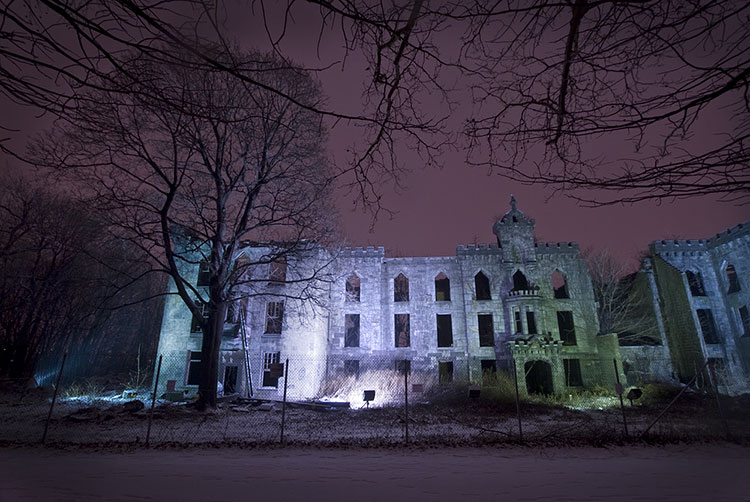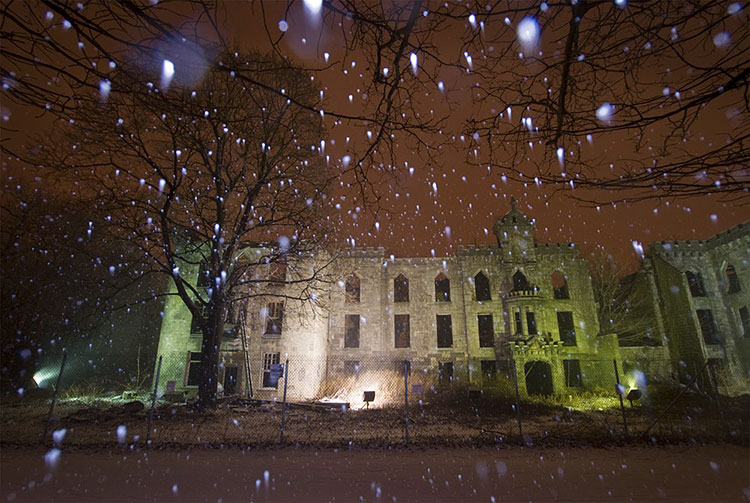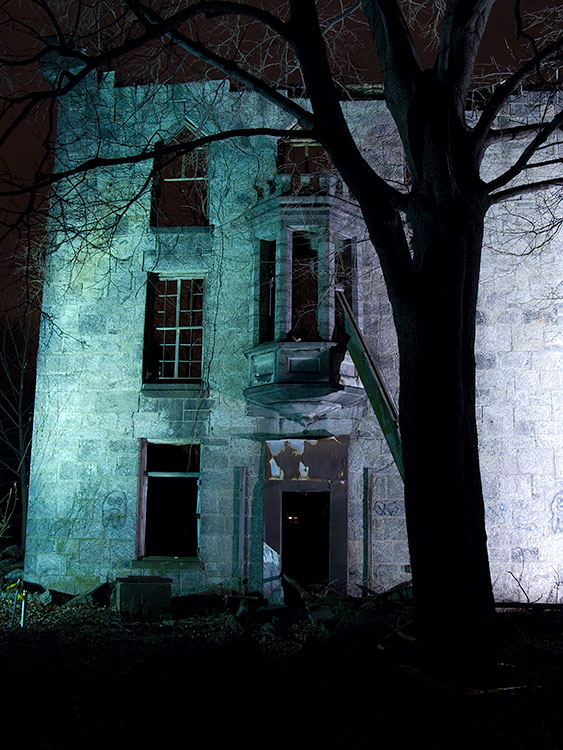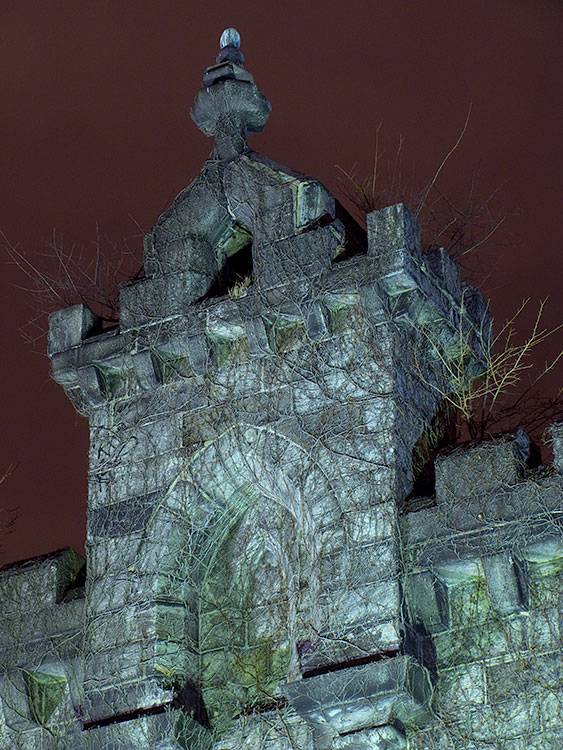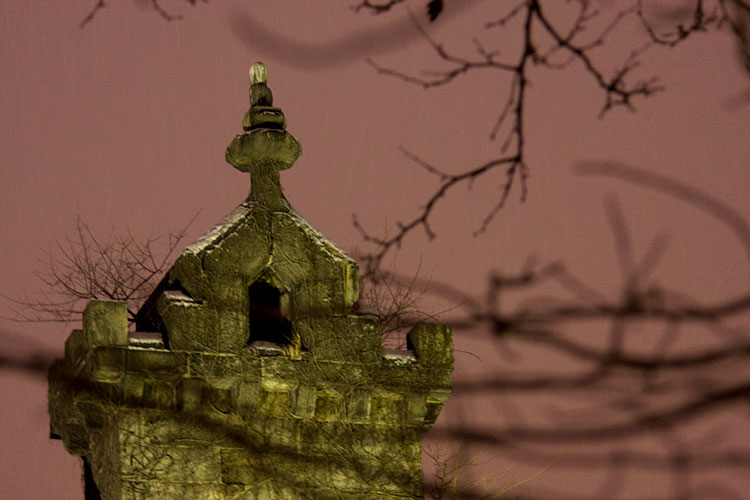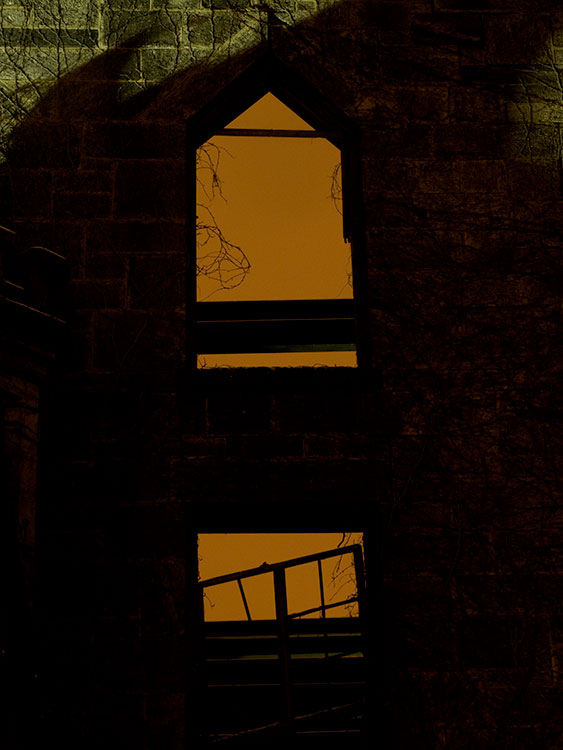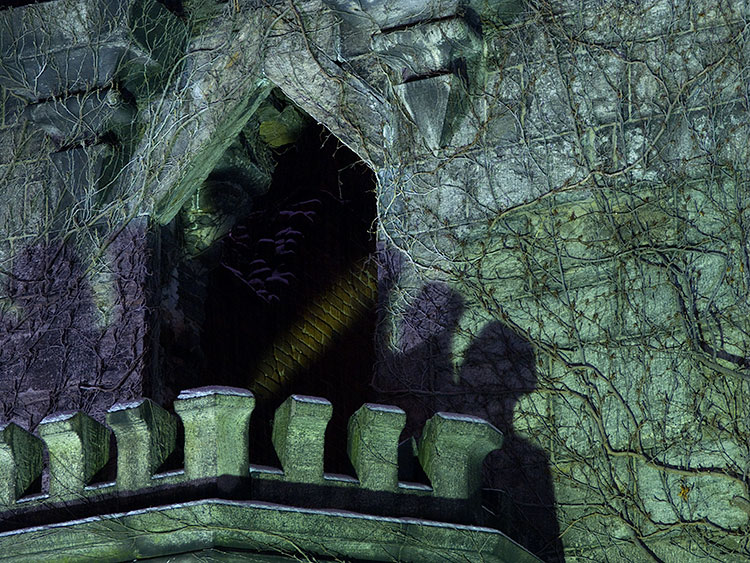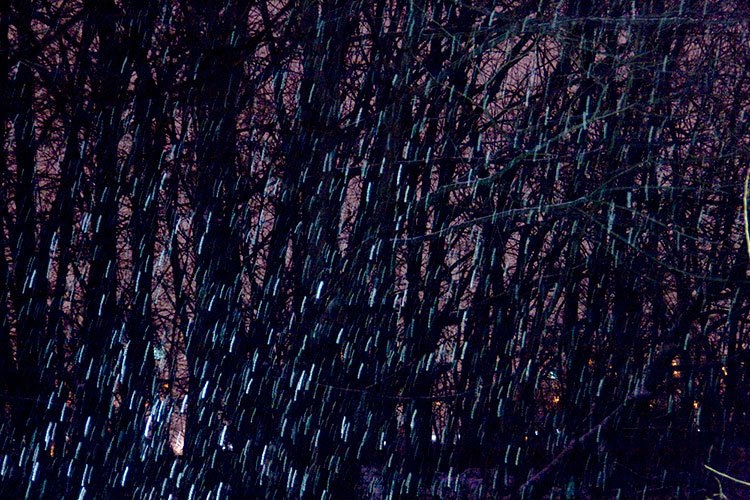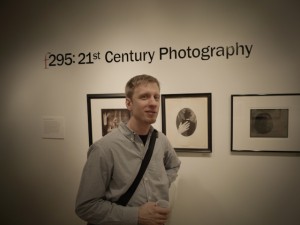 |
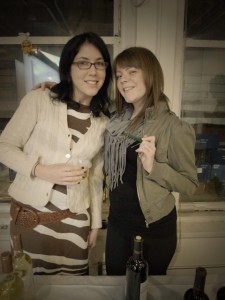 |
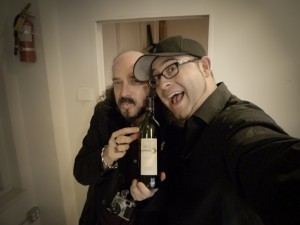 |
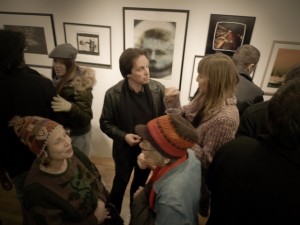 |
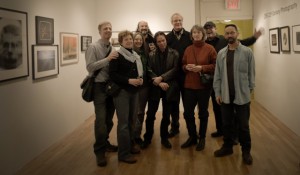 |
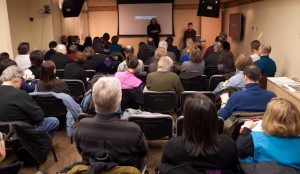 |
 |
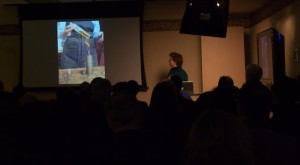 |
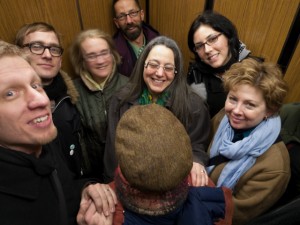 |
 |
The f295 kickoff last weekend was a huge success! Thanks to the over 150 people who came out to Saturday night’s 21st Century Photography opening! The work and vibe must have been reminiscent of Stieglitz‘s old Camera Club openings! Thanks also to all that helped put the show together: the artists who shared their work, The Camera Club of NY who gave their 500 square feet, David, Jennifer, and Amy on the B&H organizational end ~ as well as serving up a record amount of kosher wine! And finally, Tom Persinger, who brought us all together and had one heck of a time trying to make letters stick on walls.
Wondering what camera to document the gallery opening with, I finally settled on using my trusty Panasonic LX-3, which is an advanced digital point and shoot. The pioneering Panasonic has a little throwback feature, it has a pinhole scene mode! See, I told you that pinholes were enjoying a renaissance! For some reason the pinhole mode is limited to 3MP images while applying a vignette and desaturating the image. I know it would have been better if the lens could have come off to reveal a real pinhole over the digital sensor but hey, I wasn’t going to get everyone to stand still for 5 hours for the group shot! All the images on the left were taken in this “pinhole mode” while the right hand side shows the packed house for Sunday’s presentation at the B&H Event Space. For the second straight year over 80 people showed up to listen and learn about new ways to use older technology.
We all struggle with keeping our art and life fresh and new. For photographers the terms wedding, portrait, landscape, pinhole, or even alt process can all pigeonhole and limit our vision. Tom Persinger asks us to look beyond these stereotypes and empower the 21st Century Photography:
The 21st Century Photographer remains open to the exploration and use of a variety of processes, techniques, and technologies so long as the chosen method(s) most concisely articulate their creative vision. A net result of this paradigm shift is not only complete artistic freedom but also a palpable sense of empowerment. Historically photography has marched down the long path of process obsolescence – one in which new techniques replace old in a continual cycle of progress. In a 21st Century approach, however, control is wrestled from profit driven agencies -corporations, advertisers, and the marketplace all promoting a consumptive photographic model- and given to the artist/photographer. By virtue of taking the responsibility of control, photographers allow themselves to use a pastiche of tools and materials to make pictures. It is this freedom -which is new for many- that empowers and fuels the 21st Century Photographer.
Photography is a toolbox with many means to express your vision. Some people choose one, others need multiple instruments to complete the vision. This weekend I saw art that was in jars, painted on, waxed, dyed, and printed on anything from the latest digital technology to handmade emulsions on a variety of surfaces from tin, glass, and paper. The photograph that I submitted in the show was originally a 6×9 slide. I was deciding between two basic ways to present my print:
1. Drop it off at a lab and have them make a negative copy of my positive slide and then a C-print
2. Scan the slide and print at home on inkjet.
Now, my good friend and constant conscience, David Brommer, stood aghast when I told him that I I was leaning towards the lab option; mainly for convenience as I am still not 100% confident in my inkjet printing. I’m still most at home in the B&W darkroom. But he reminded me that I had to control the final outcome of my image.
And really, it is all about the process ~ from start to finish.
Now did I enjoy spending close to an hour digitally removing dust from my image?
No.
Is the excitement the same as flipping over the black and white image in the developer under the red light?
Nope.
But, seeing a project from start to finish is still pretty damn fulfilling.
